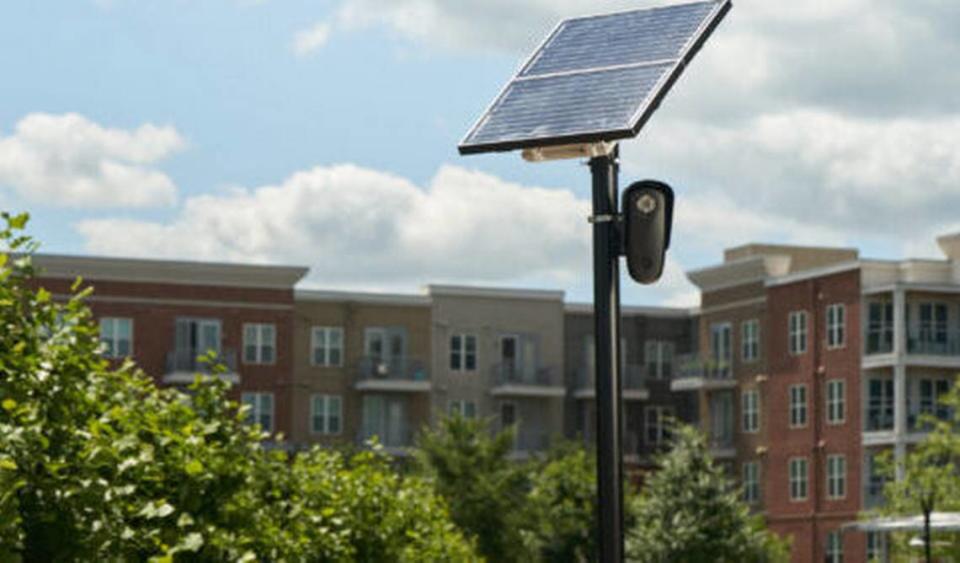Lexington mayor asks council to quadruple number of cameras that read license plates
Lexington Mayor Linda Gorton has asked the urban city council to expand the Flock license plate reader program by four times the amount it’s currently at.
The program, which launched last spring, currently has 25 cameras in places across the city at unknown locations. On Monday. Gorton and Lexington Police Chief Lawrence Weathers asked for an additional 75 cameras, which will take approximately three months to implement if approved by the council.
“To meet the challenges of the future, we must continue to modernize the tools our law enforcement officers have,” Gorton said.

What are license plate cameras used for in Lexington?
The fixed cameras automatically read license plates in areas experiencing high crime and their images are only used for investigative purposes. The cameras take six or seven images of a vehicle and checks if it is on various lists including Amber alerts for kidnapped children, stolen vehicles or vehicles associated with a violent offenses. If the reader finds a vehicle on that list, law enforcement is notified.
The cameras are not “red light cameras” that can be used by law enforcement to track and ticket people for running red lights or for other traffic-related offenses.
The funding for the additional cameras was already included in the city’s current and council-approved budget, according to Gorton. The additional cameras will bring the total cost of the program to approximately $236,250 annually, Gorton said.
License plate camera locations will now be public
The locations of the cameras will now be public instead of private. The decision to keep the location of the cameras private at first was made to see how effective they are, and now that police have over six months of data to analyze, they are comfortable revealing the locations of the cameras.
“We wanted to make sure that they would work,” Weathers said. “If we gave you the locations, maybe people would try to get around them and things like that, so we intentionally didn’t do that.”
According to the mayor’s office, a total of 95 vehicles valued at approximately $1.4 million have been recovered with the help of the flock cameras. Additionally they’ve helped police locate 11 missing persons and served 130 warrants and subpoenas.
One of the warrants served was to a murder suspect from Detroit, according to Gorton.
“I think the numbers make it clear that we need to move forward and fully implement this program,” Gorton said.
The locations of the new cameras will be determined by the assistance of Flock Safety, public-reported crime and traffic patterns.

